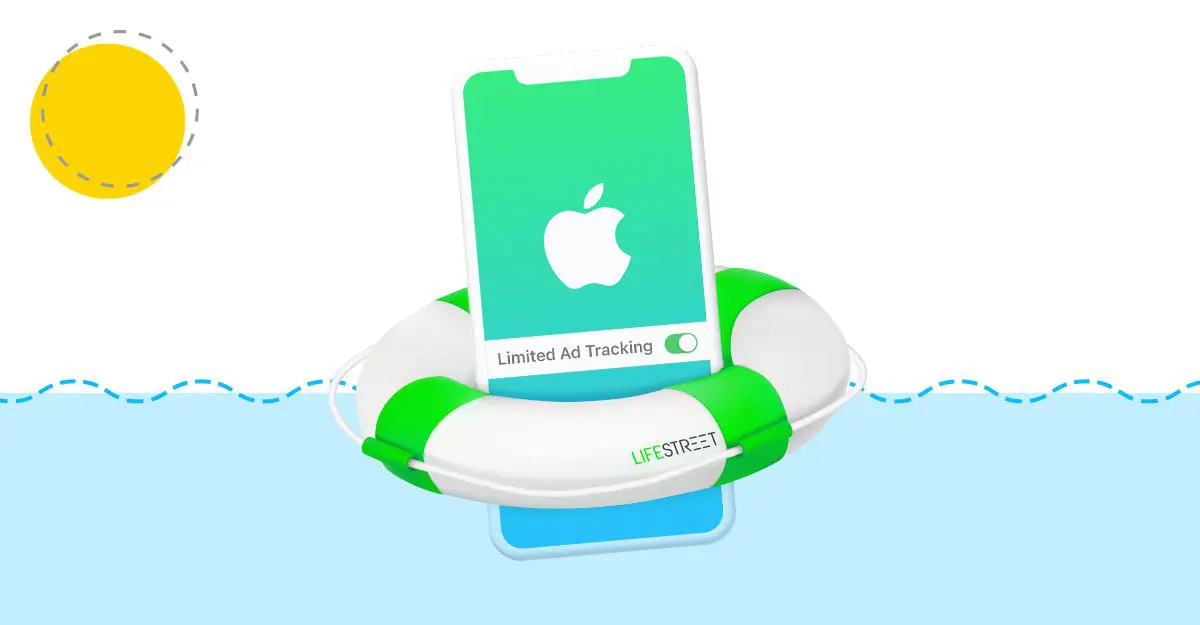Apple’s announcement that it will require explicit user consent for ad targeting on an app by app basis understandably unsettled the entire mobile advertising ecosystem. Amidst the scramble to find alternative solutions in lieu of behavioral targeting, the last couple of months have seen a noticeable and welcomed shift among industry stakeholders: competitors have become collaborators, individual conversations have become consortiums, and rivalries have become alliances.
As many of us gather in the same Zoom room to discuss possible solutions, what I have observed has made me optimistic that we will successfully transition to a new advertising future within Apple’s policy framework. Here are three reasons why:
1. Exchanges want to share
Exchanges are in the unique position to help DSPs make better bidding decisions by sharing as much data as possible. Even though they have always been able to collect contextual signals from the SDK, many exchanges chose not to pass this data. It wasn’t seen as necessary information since most buyers relied on the IDFA for user level data, especially for retargeting and lookalike audiences.
Now with IDFA restrictions, exchanges are trying to determine which of these new, previously unshared signals will be the most valuable to buyers. Knowing a device’s battery charging state, power mode, bluetooth connectivity, or disk space usage can all help improve a machine learning algorithm’s bidding predictions.
The value of these new signals will be decided through continuous conversations between exchanges and buyers: Which of the 30+ new signals are you using? Can you tell which drove the most impact? There are still some unknowns like how many signals will come from each exchange, and if the offering will be unified across exchanges. But what we do know is that sending more contextual signals will help buyers and advertisers assemble probabilistic user profiles for targeting and campaign optimization.
LifeStreet’s bidding models have always included contextual signals and when we’ve applied our models to LAT (Limited Ad Tracking) traffic performance has been comparable to or exceeded that of IDFA campaigns. Some of our advertisers have seen as much as a 53% increase in ROAS, 60% higher payer rate, and 2X higher D7 ROAS for LAT users compared to can-track audiences. This makes me confident that contextual targeting will continue to drive performance and meet our advertisers’ KPI benchmarks even when the IDFA is not present.
2. Working it out
Without the IDFA, determining the efficacy of a UA campaign will require advertisers to rely on Apple’s SKAdnetwork for attribution. Under this new framework, once a user has installed an app after clicking on an ad, the App Store will notify the relevant ad network of a successful conversion without disclosing any device-level or user-level data. The App store becomes the de facto app attribution provider. But in order for advertisers to get the most out of this new service, support for SKAdNetwork requires everyone involved to do their part.
DSPs are updating their exchange integrations to account for new signals in bid requests. Publishers are updating their apps to include the credentials of each approved ad network. Exchanges are updating bid request fields. All of these updates require a diversion of time, money, and resources which is a testament of the collective commitment to adopt the most viable solution in the wake of this ecosystem shake-up.
3. May the best model win
Since DSPs won’t be able to rely on device graphs, bidding models will have to evolve, making testing critical. With more data parameters being shared from the ad exchange, platforms with the ability to rapidly test how these characteristics influence user acquisition touch points will have an advantage when it comes to their predictive modeling.
Building better and different models in a post-IDFA world will depend on two things. One, how well a model is able to determine which are the strongest signals outside of IDFA; and two, the iterative testing of models to determine which one can best leverage new, alternate predictive signals. Because of this, DSPs will no longer be the commodity that some have perceived them to be.
Everything will be alright.
Everyone is a stakeholder in this new reality and it has been encouraging to see so many players come together as a community to cross the iOS 14 hurdle. While there are still too many unknown variables to accurately predict what will happen post-IDFA, what I can predict is that the programmatic mobile marketing will continue to exist, to grow, and remain a primary channel for app distribution.
